Ukrainian intelligence says Russia has nearly 900 long-range missiles, maintaining a stockpile similar to the level it had before last winter's air campaign.
Vadym Skibitsky, Deputy Director of the Main Directorate of Defense Intelligence of Ukraine (GUR), said today that Russia possesses 870 high-precision missiles with a range of over 350 km, including 165 Kalibr naval cruise missiles, 160 Kh-55/101/555 air-launched missiles carrying combat warheads, 290 ballistic and cruise missiles of the Iskander complex and 230 Kh-22/32 supersonic anti-ship missiles.
"This figure is almost identical to the statistics of the same period last year, showing that Russia still maintains enough missile production to accumulate. However, they cannot use all of these weapons because they have to ensure the minimum reserve level according to regulations of 30%," said General Skibitsky.
Russian forces also improved the P-800 Oniks supersonic anti-ship missile for ground attack missions, and increased the use of Kh-59 air-to-ground cruise missiles with a range of 300 km to attack military targets.
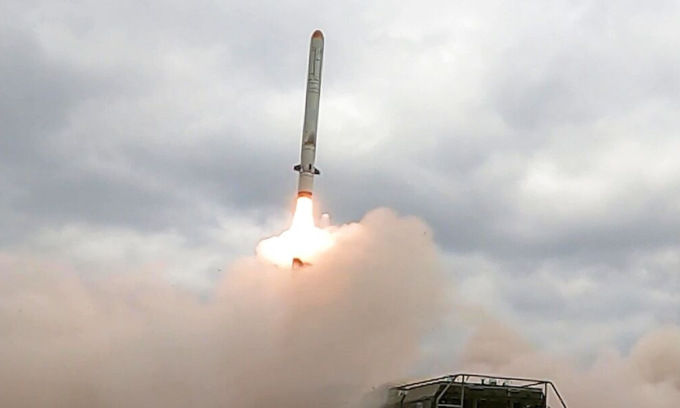
Russian Iskander-K missile fired at a target in Ukraine in March 2022. Photo: RIA Novosti
General Skibitsky said that Russia shipped 115 long-range guided missiles in October, including 20 Kalibr missiles, 12 Iskander-K cruise missiles, 30 Iskander-M tactical ballistic missiles, four Kinzhal hypersonic missiles, nine Kh-32 supersonic anti-ship missiles and 40 Kh-101 cruise missiles.
"The rate of Russian missile production has not increased significantly compared to the summer, due to the impact of sanctions. Their current capabilities do not allow them to compensate for the gap in their reserves in the short term," he said, adding that Iran has never transferred ballistic missiles to Russia.
Ukrainian officials believe that Russia has not launched large-scale missile attacks like at the same time last year, because the weather is still warm and energy demand has not increased sharply.
"The raids could take place at the beginning of winter, when electricity consumption reaches its peak in the autumn-winter period. The enemy is waiting for the temperature to drop below 0°C. It will be difficult for them to achieve results, because the Ukrainian army knows the enemy's methods of operation and is ready to protect the energy infrastructure," General Skibitsky said.
Russian officials have not commented on the information.
Russia’s massive attack on Ukraine’s energy infrastructure last winter severely damaged the country’s power grid, forcing many cities to cut off power and hot water on a rolling basis. Despite Kiev’s efforts to bolster its air defenses, officials fear the possibility of a repeat of the blackouts until the grid is fully restored.
Western military experts and defense officials have repeatedly said that Russia’s missile arsenal is nearing depletion due to high frequency of use. In March, the Financial Times quoted a Ukrainian intelligence official as saying that Russia’s stockpile consisted of only 90 Iskander-M ballistic missiles, 45 Iskander-K cruise missiles, and 36 Kh-22 supersonic anti-ship missiles.
However, Russian forces have continued to conduct targeted attacks in Ukraine using a variety of long-range weapons, including Kalibr and Iskander missiles.
Vu Anh (According to RBC Ukraine )
Source link





![[Photo] General Secretary To Lam chairs the 14th Central Military Commission Conference](https://vphoto.vietnam.vn/thumb/1200x675/vietnam/resource/IMAGE/2025/6/20/a9d25fc6dd664fb9a3757502f32e5db0)


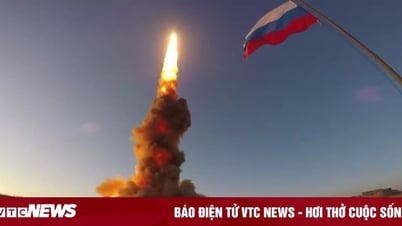


















































![[Maritime News] Wan Hai Lines invests $150 million to buy 48,000 containers](https://vphoto.vietnam.vn/thumb/402x226/vietnam/resource/IMAGE/2025/6/20/c945a62aff624b4bb5c25e67e9bcc1cb)















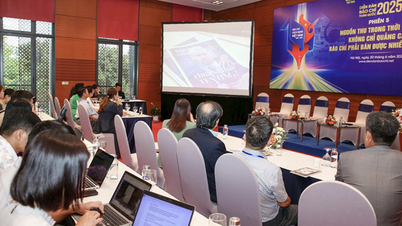

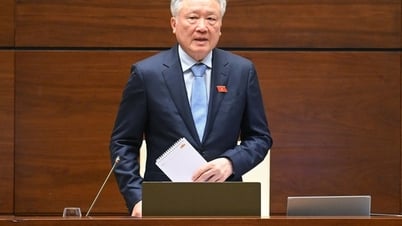


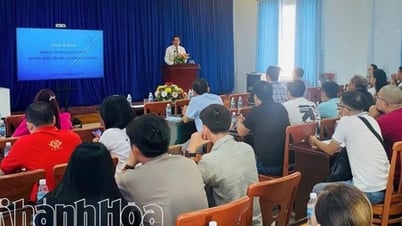






















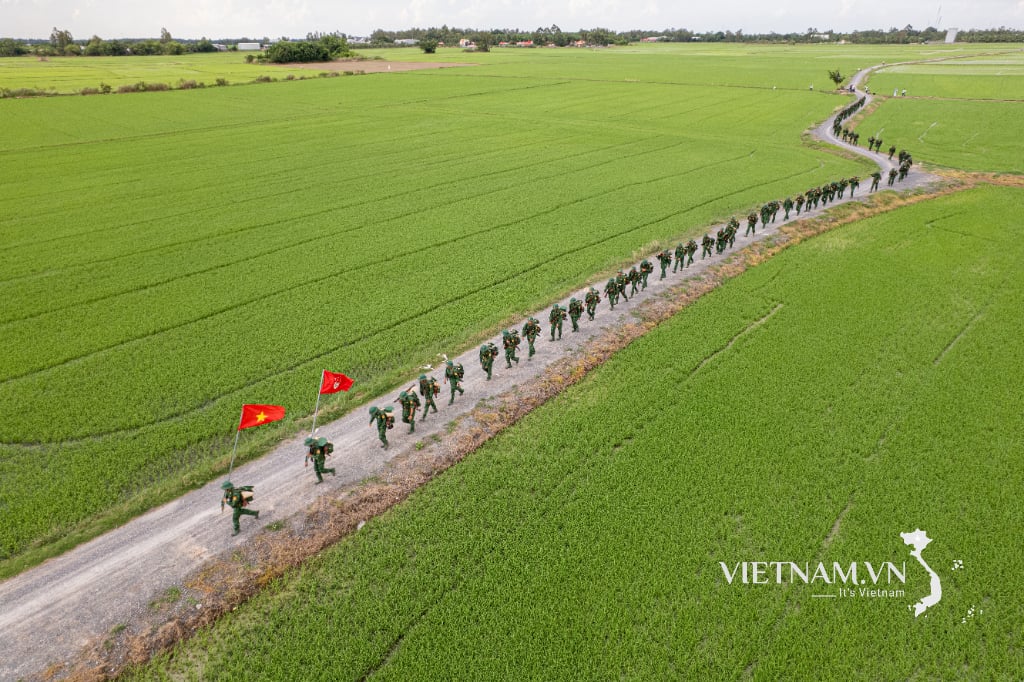



Comment (0)